Table of Contents
- Why Learning to Stay Alone is Important
- How Long Can a Dog Be Left Alone?
- Preparing for Training
- Step-by-Step Training Guide
- Common Mistakes to Avoid
- Tips for Separation Anxiety
- Helpful Tools & Accessories
- Conclusion
Why Learning to Stay Alone is Important
Teaching your dog to be comfortable when left alone is one of the most important skills they can learn – whether they are a puppy or an adult. Dogs are social animals, and without proper training, being alone can lead to separation anxiety, destructive behavior, or excessive barking. Gradual training sessions build confidence and show your dog that being alone is safe.

How Long Can a Dog Be Left Alone?
The maximum time a dog can be left alone depends on their age, health, temperament, and training level. Use these guidelines as a starting point – and adjust them to your dog’s individual needs:
- Puppies: 1–2 hours. Bladder and bowel control are not fully developed, and they require frequent breaks and close bonding time.
- Adult dogs: 4–6 hours – if alone time has been gradually trained and they get exercise before and after.
- Seniors: Often 2–4 hours, depending on health, medication schedules, and mobility.
Being Alone During a Workday
A full 8-hour workday is too long for most dogs without proper planning. Here’s how to make it manageable:
- Midday care: Arrange for a dog sitter, neighbor, or friend to stop by for a walk.
- Dog daycare: Provides socialization, exercise, and mental stimulation instead of boredom.
- Work-from-home options: If possible, work from home on certain days or stagger schedules with others in the household.
- Exercise around your absence: A long morning walk and evening enrichment activities (like scent games or calm training) help balance rest periods.
Evening Outings & Events
Combining a full workday plus an evening event can easily lead to absences of 8–10+ hours. Keep it reasonable with these tips:
- Pre-departure activity & feeding: Take a long walk to burn energy and feed your dog well before leaving.
- Limit to 3–4 hours at a time: Plan to come home in between or arrange for someone to check in.
- Comfortable environment: Soft lighting, calming music or background sounds, and safe chew or lick toys can help them relax.
Remember: Quality matters. Consistent routines, proactive planning, and gradual training make alone time predictable and low-stress for your dog.
Preparing for Training
Before you start training, make sure a few basics are in place:
- Safe space: A designated area where your dog feels comfortable – such as a dog bed, crate, or quiet corner.
- Meet needs first: Ensure a walk, feeding, and fresh water before leaving them alone.
- Calm environment: Soft background noise like a TV or radio can be soothing.
- Consistent routine: Predictable patterns help your dog feel secure.
Step-by-Step Training Guide
Training should be gradual to build trust and confidence.
- Mini separations: Step a few feet away in the same room, wait briefly, then return without giving attention until your dog is calm.
- Leave the room: Close the door behind you for short periods, gradually increasing the time.
- Leave the house: Put on your coat, step outside for 1–2 minutes, then return, slowly extending the duration.
- Longer absences: Work up to several hours away, increasing time in small increments.
Common Mistakes to Avoid
These errors can slow your progress:
- Increasing absence time too quickly.
- Leaving without signaling or routine.
- Overly enthusiastic greetings upon return.
- Scolding your dog for showing stress behaviors.

Tips for Separation Anxiety
- Familiar scent: Leave a worn item of your clothing in your dog’s bed.
- Slow approach: Take even smaller steps for anxious dogs.
- Engagement: Provide chew toys, lick mats, or food puzzles.
- Professional help: Consult a trainer or veterinarian for severe cases.
Helpful Tools & Accessories
- Pet camera to monitor behavior while away.
- Interactive toys for mental stimulation.
- Crate or kennel as a safe retreat (positive association only).
- Background sound like radio or TV for comfort.
Conclusion
With patience, positive reinforcement, and consistent routines, any dog can learn to stay alone calmly. Structured training not only prevents behavior problems but also creates a more relaxed and confident pet that feels safe even when you’re not home.


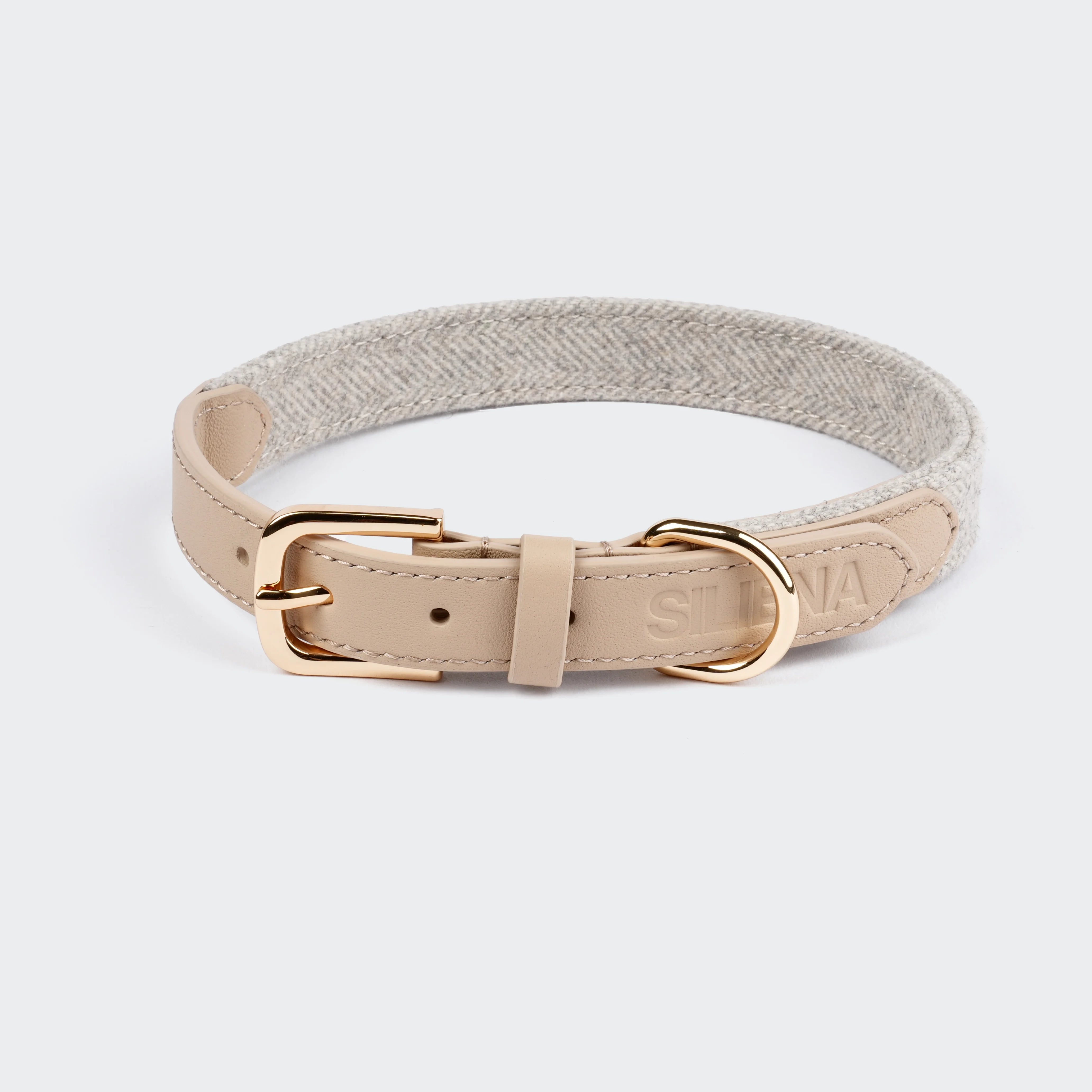
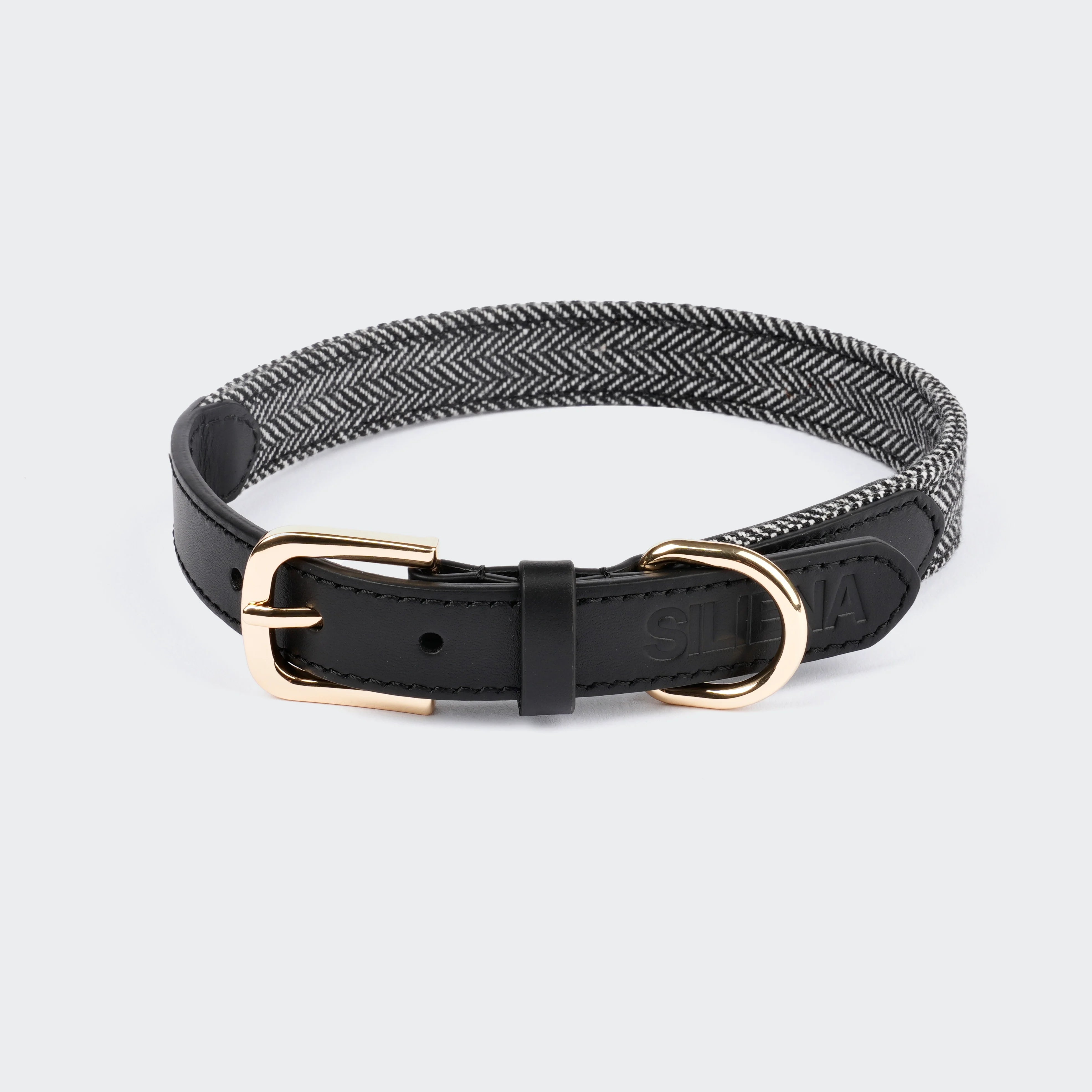
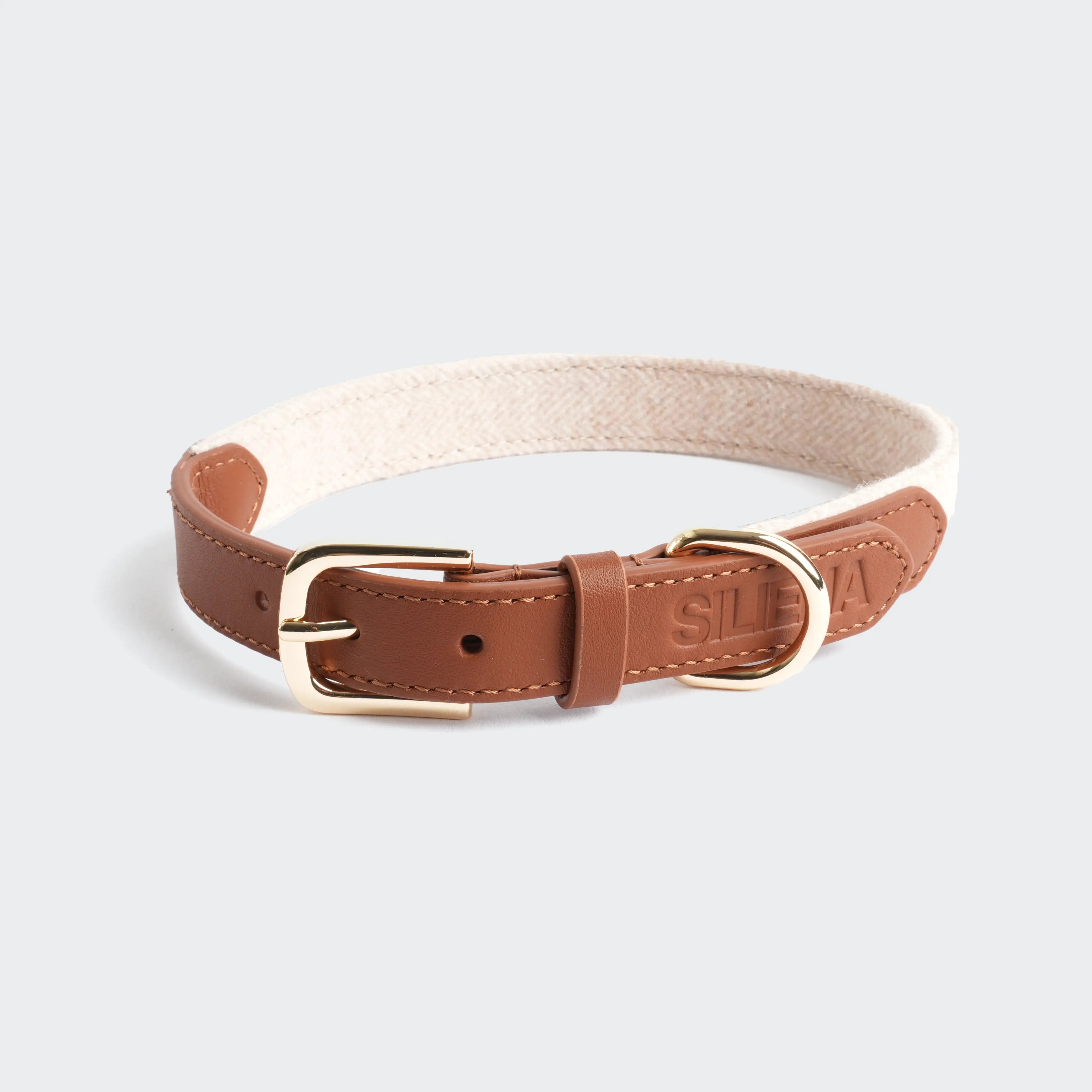
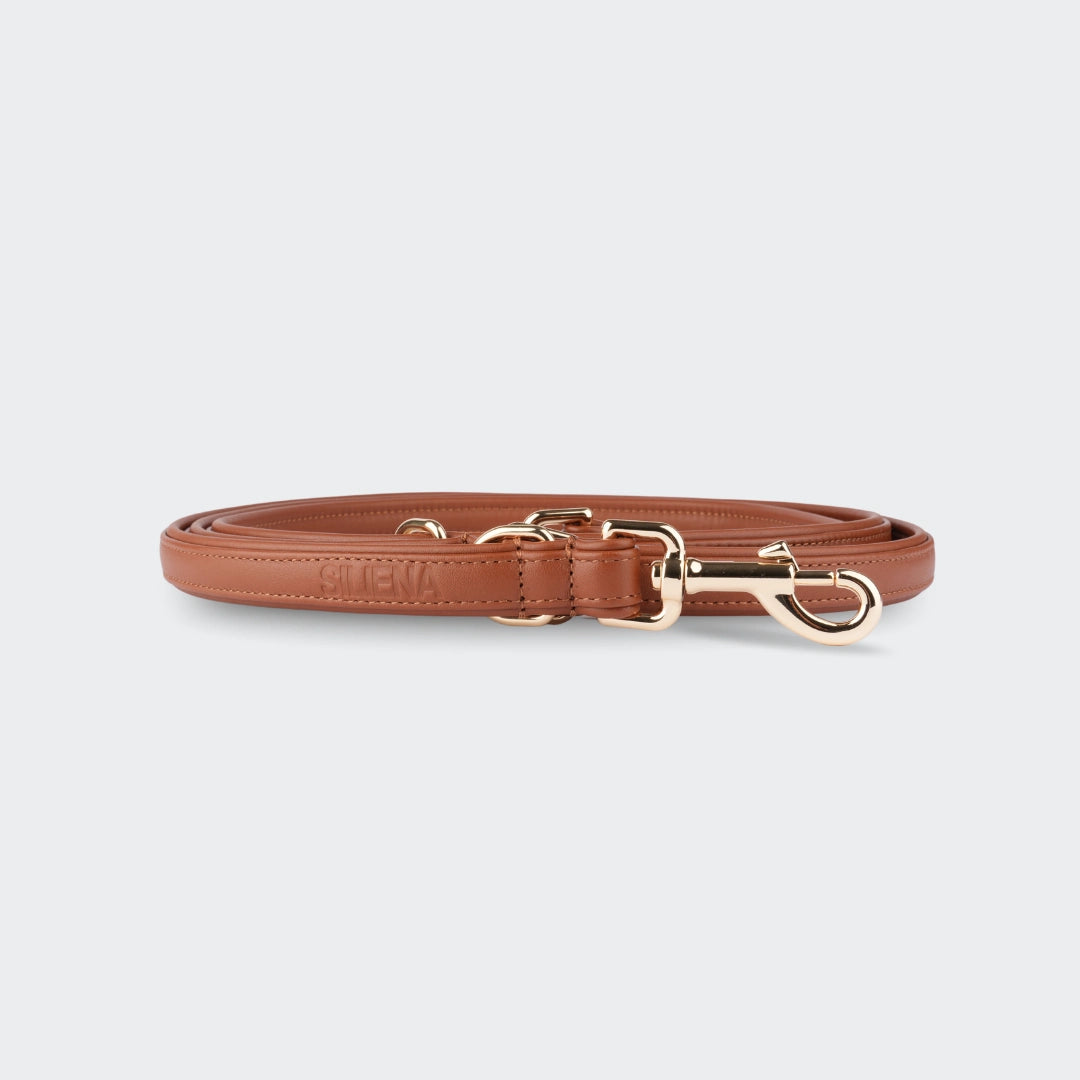
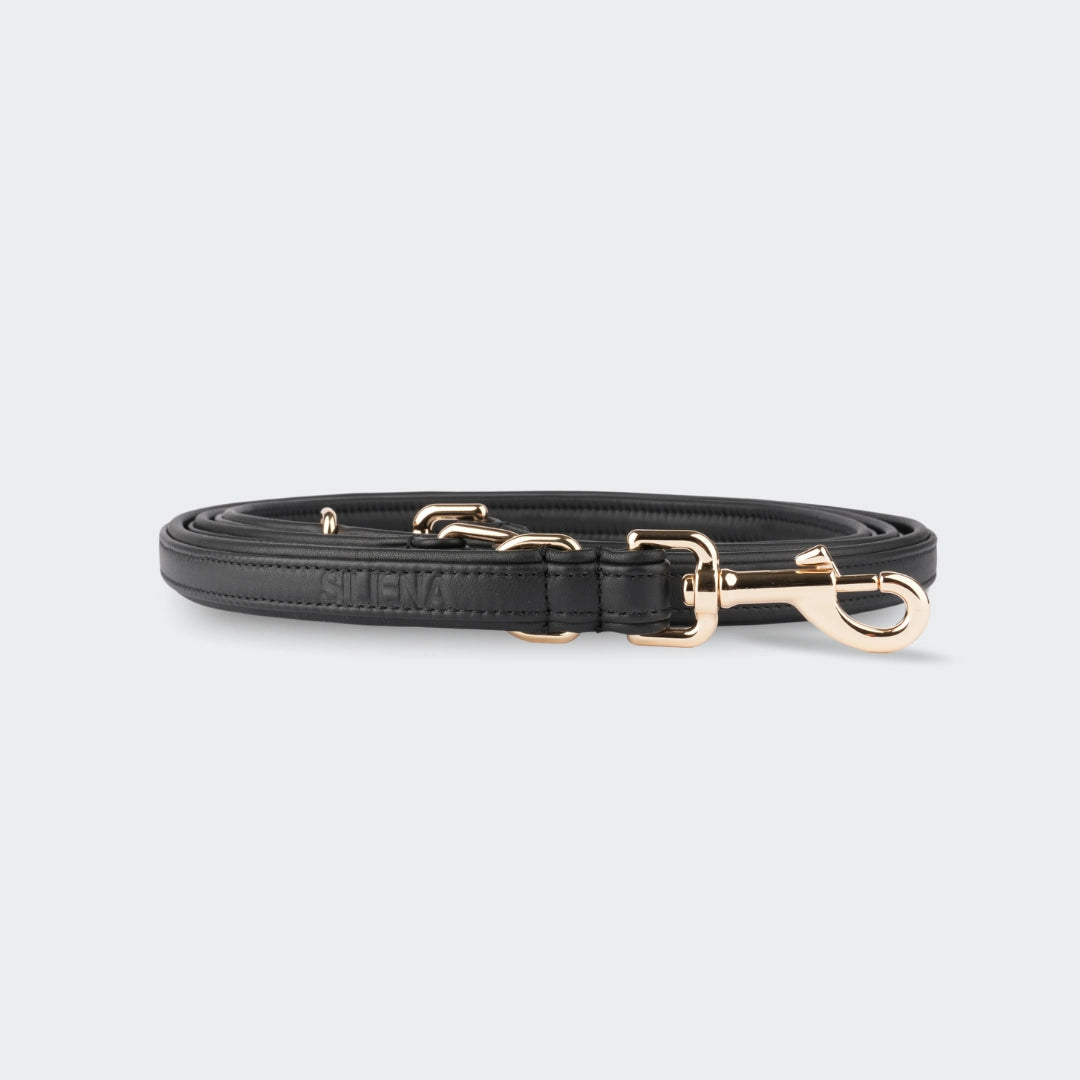
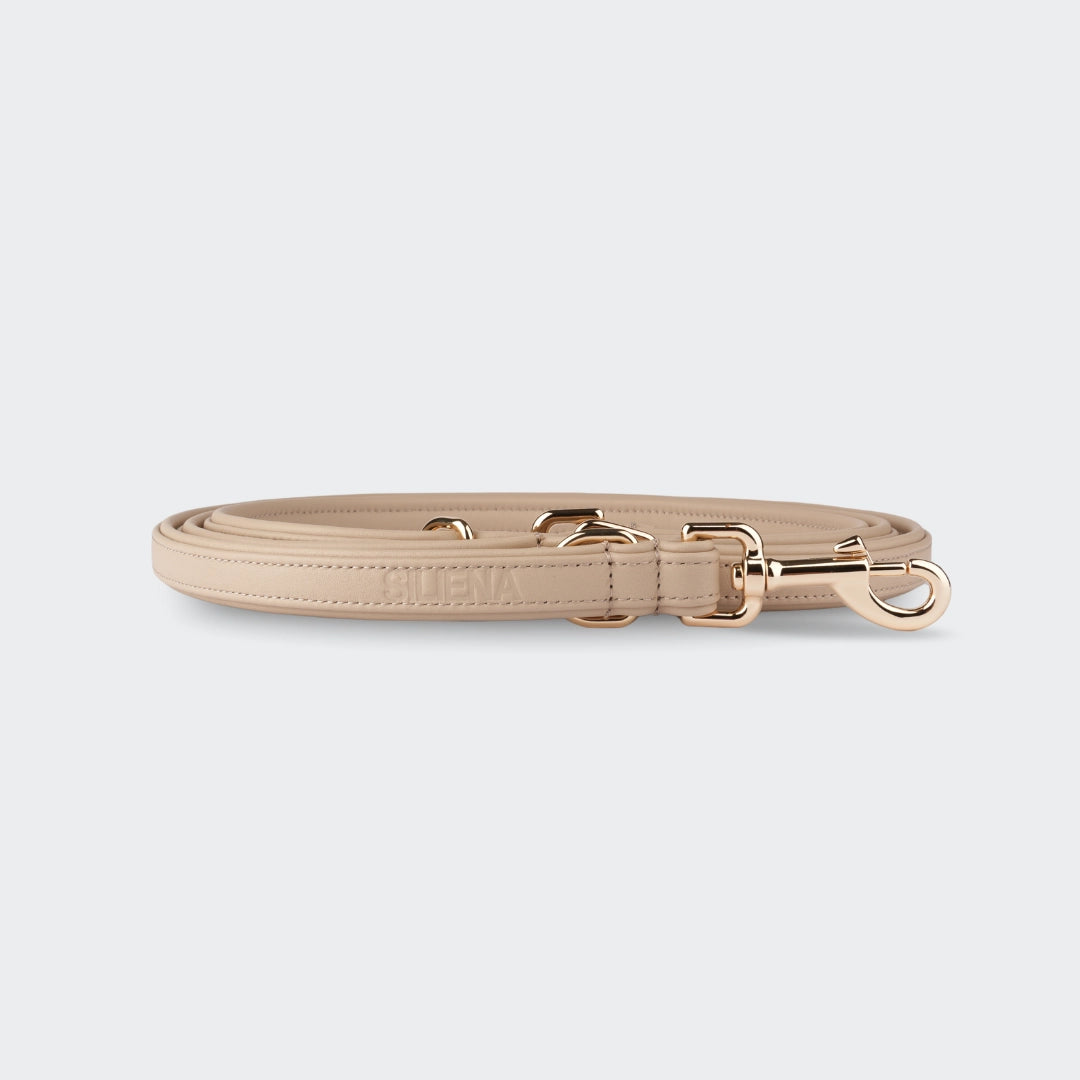
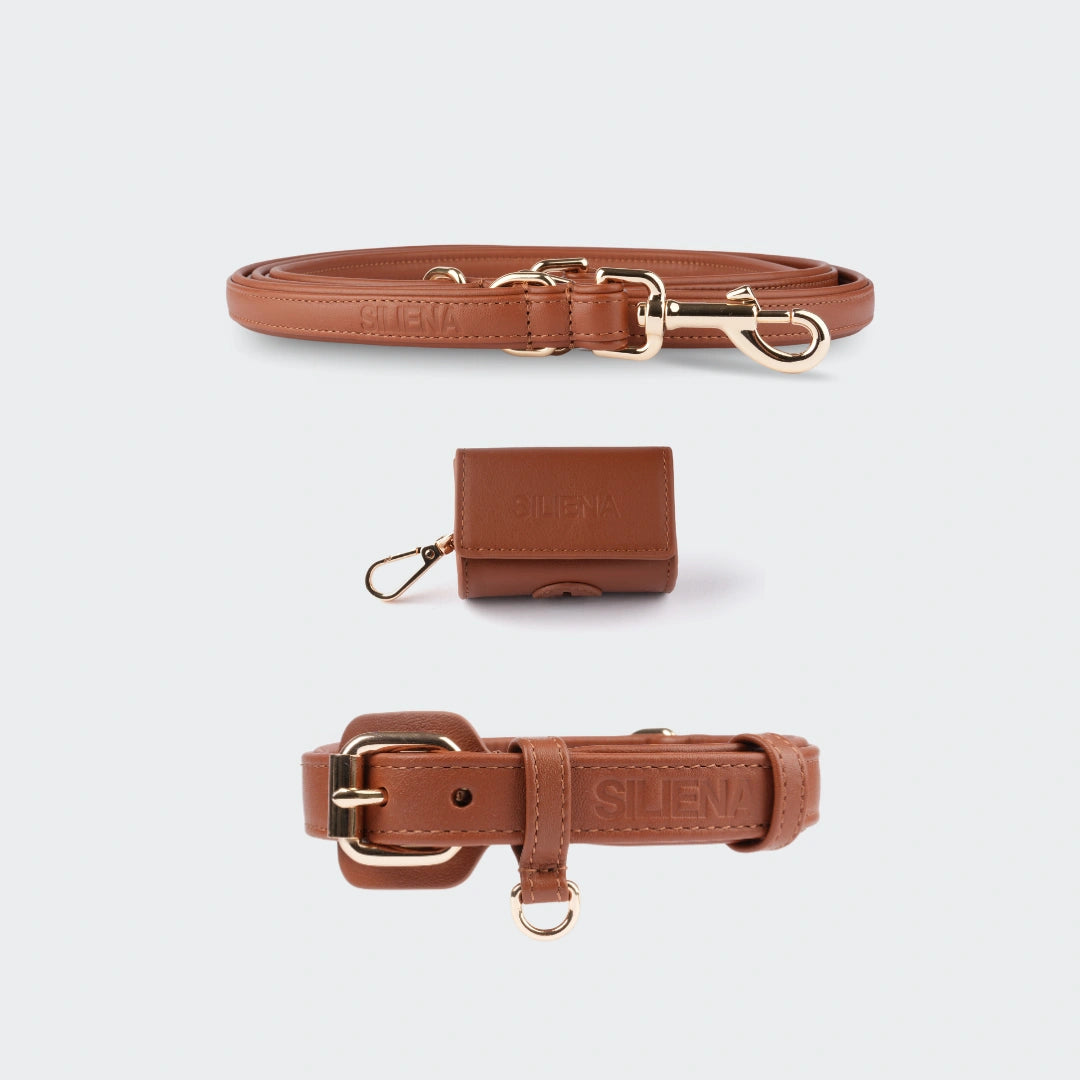
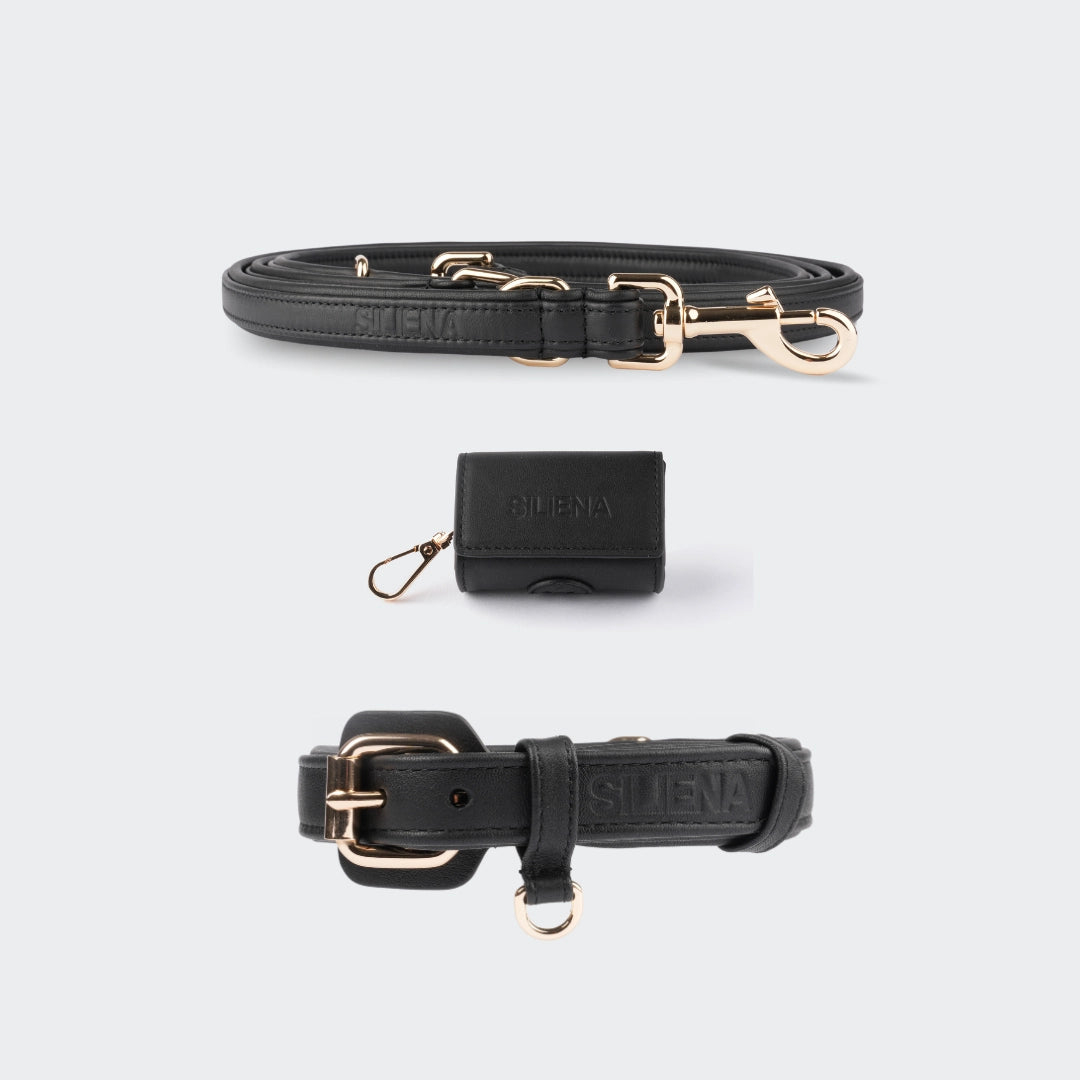
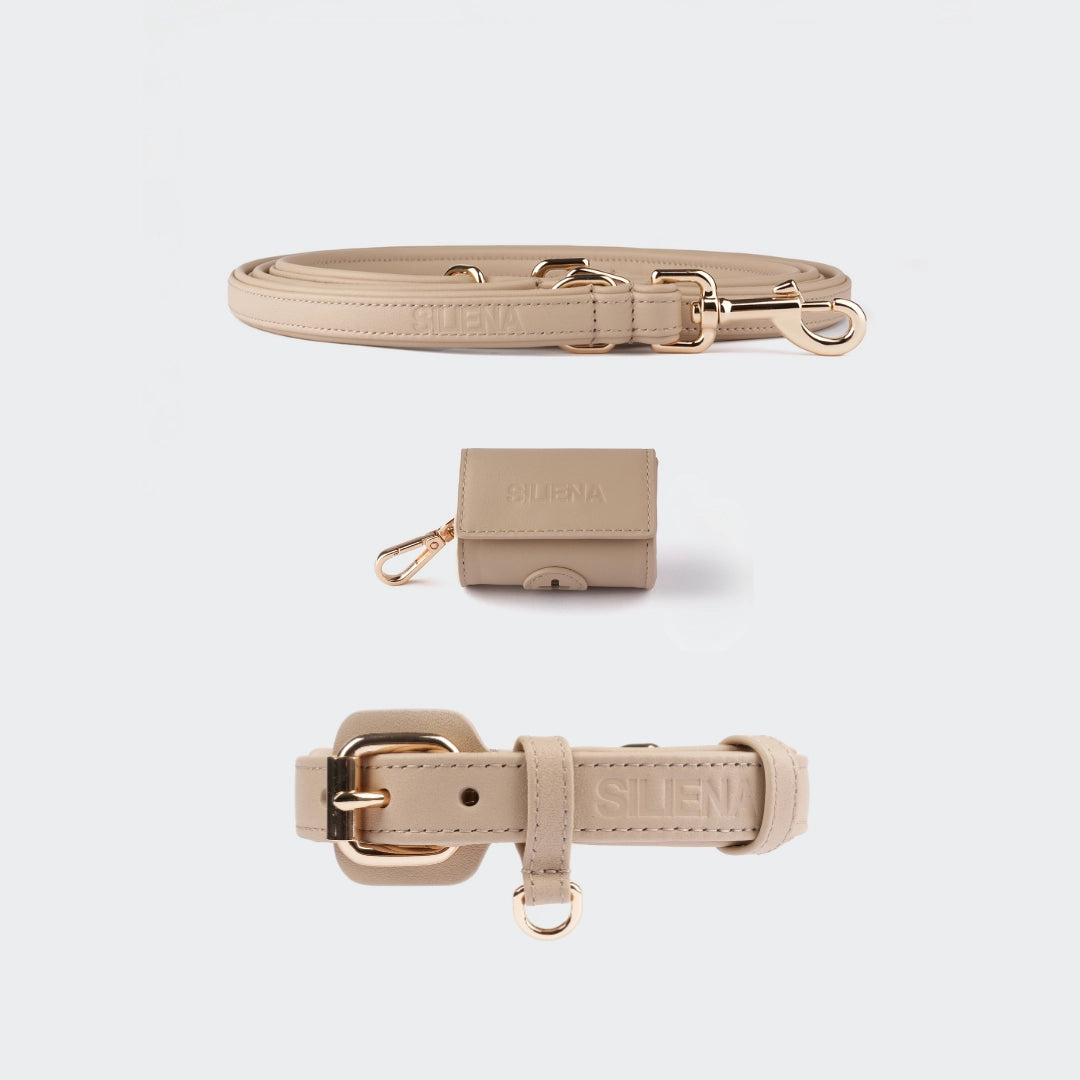
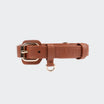
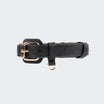





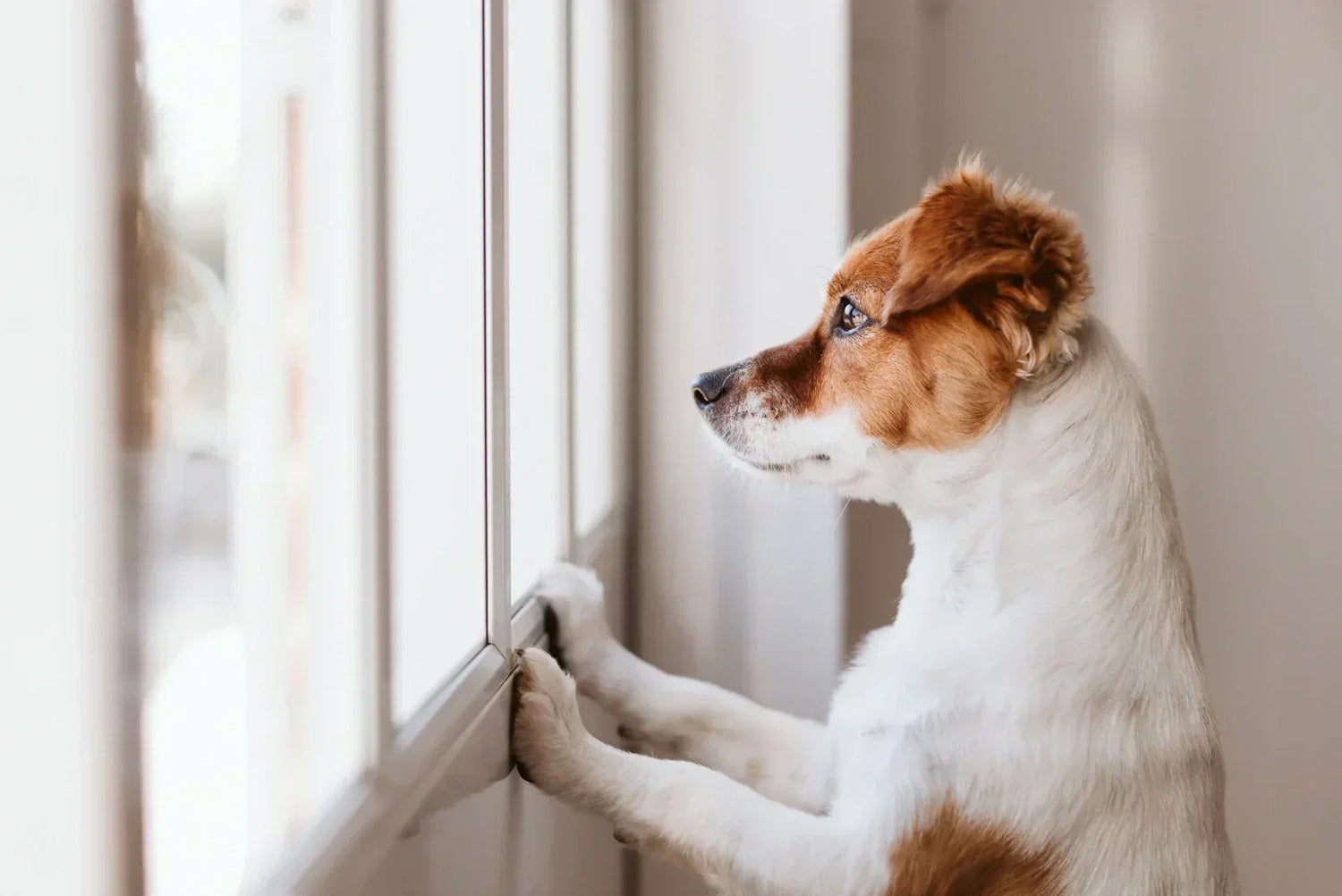
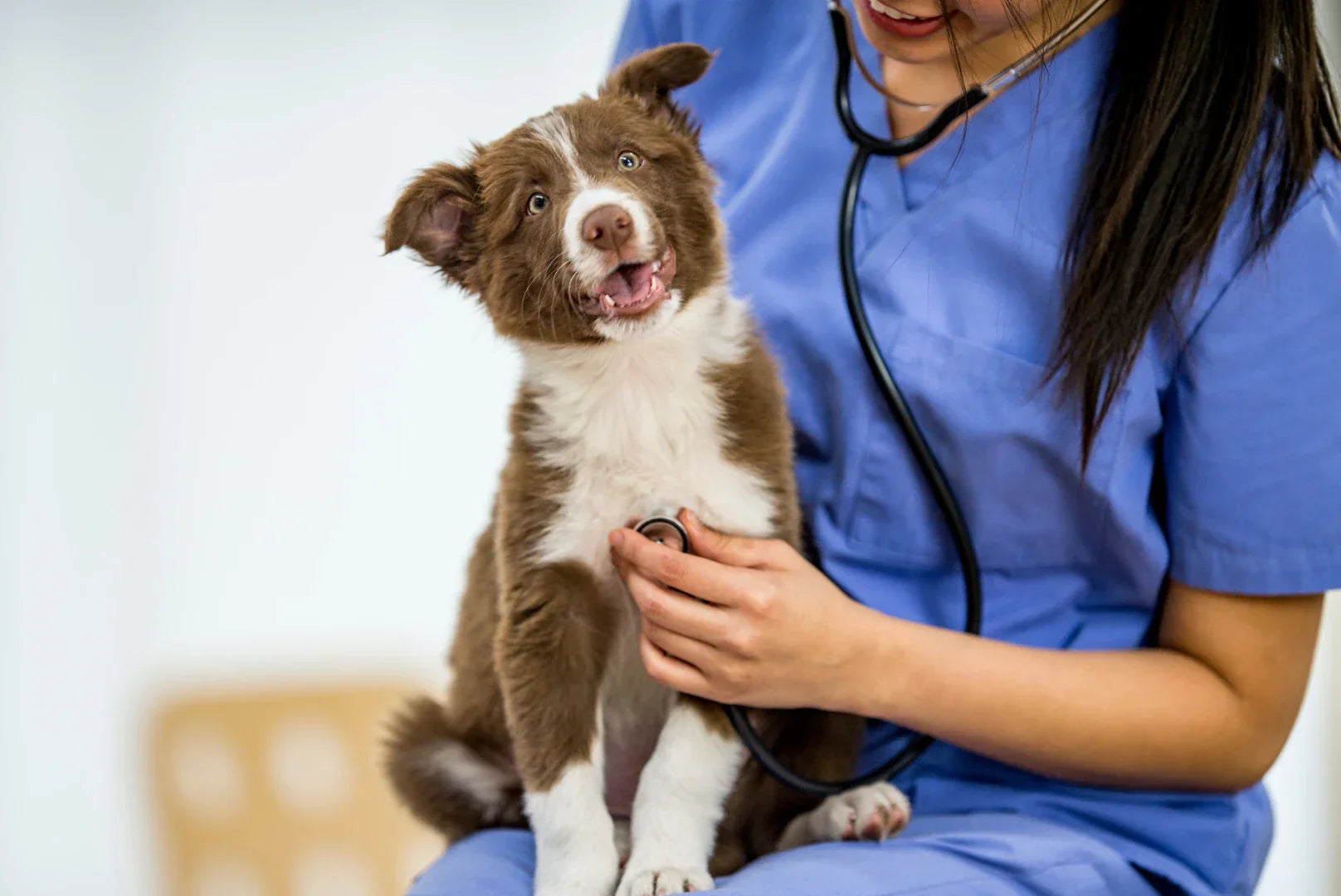
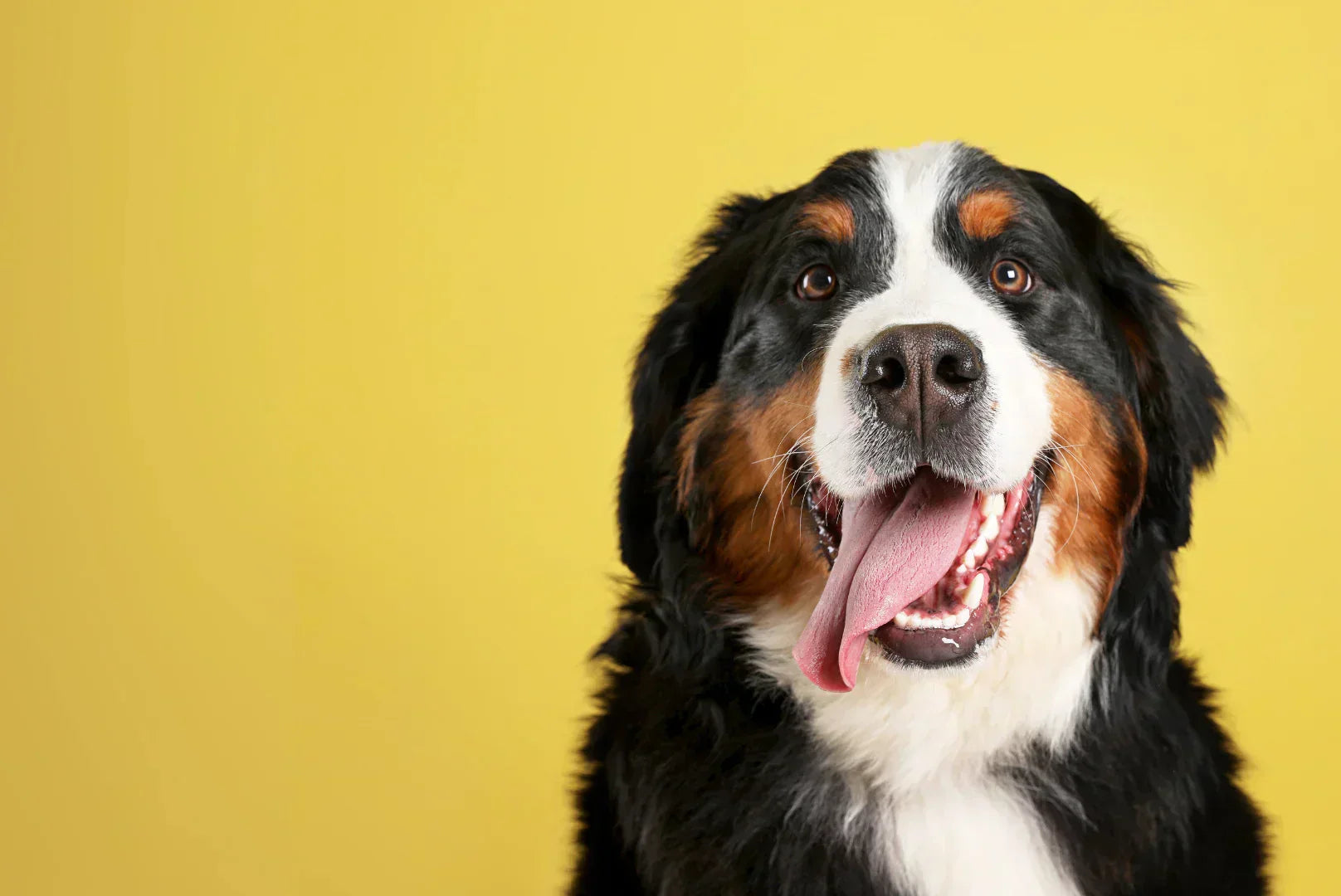


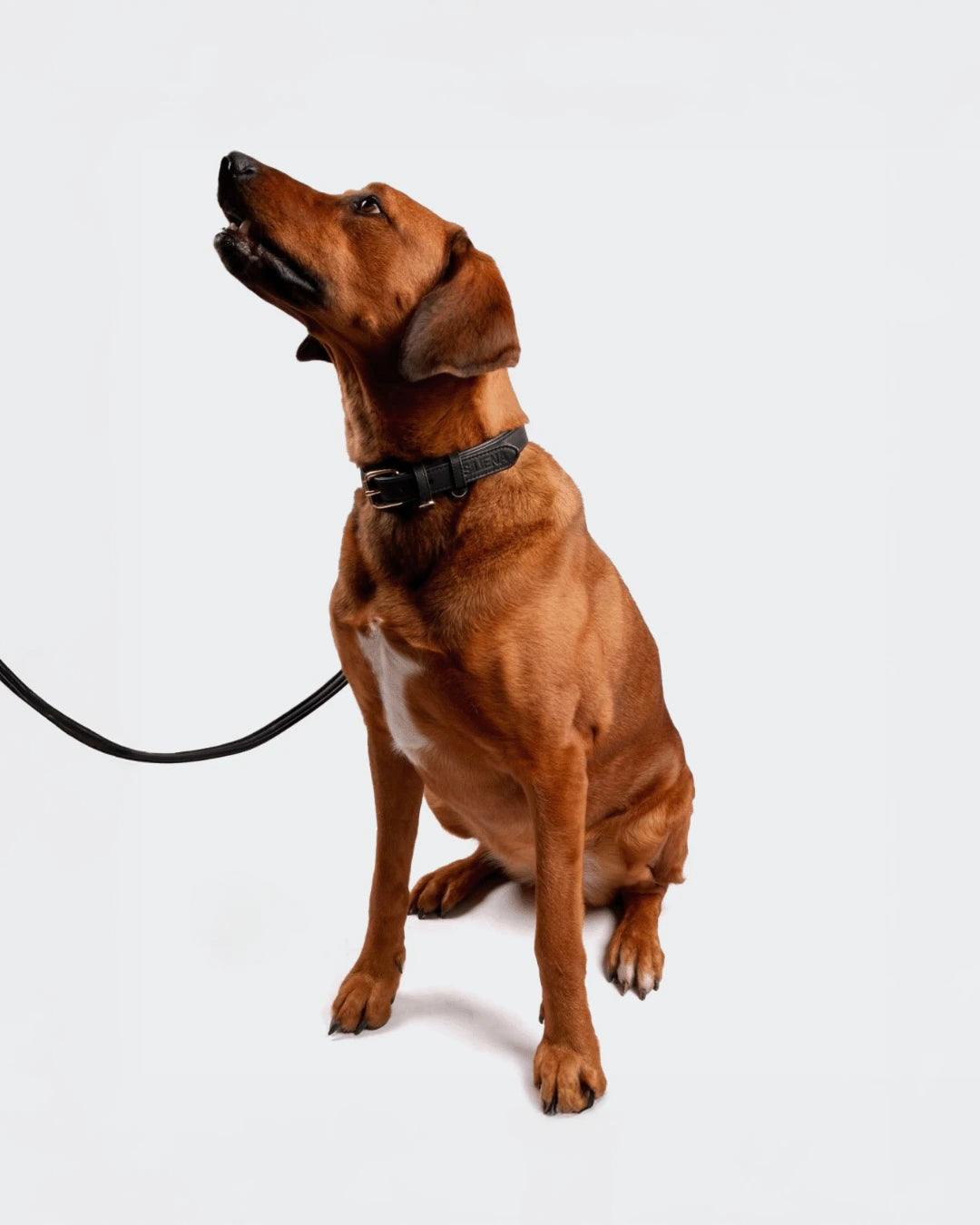
Leave a comment
This site is protected by hCaptcha and the hCaptcha Privacy Policy and Terms of Service apply.